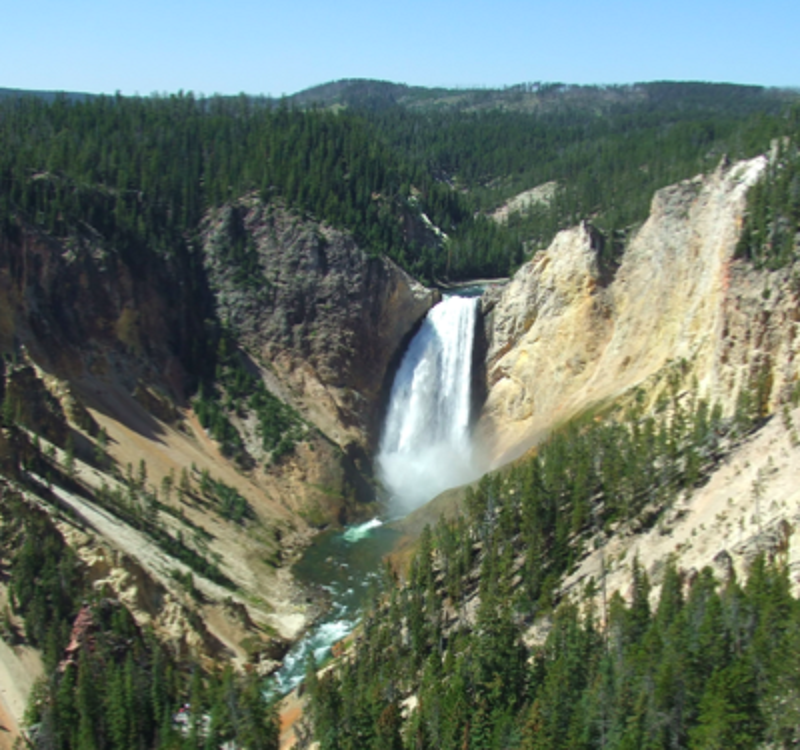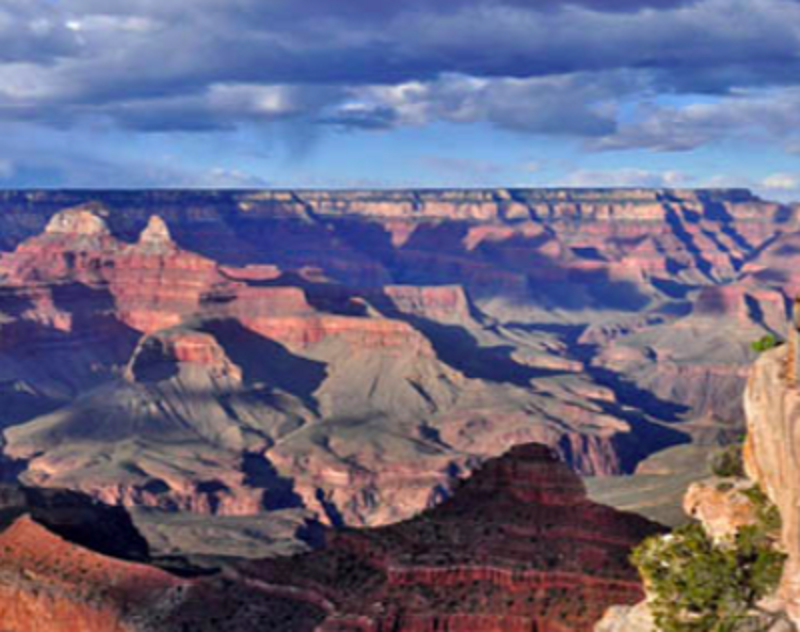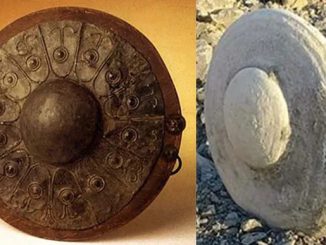America’s national parks are some of the most incredible places on Earth. Because of their natural beauty, many activities that were once popular are now banned in these parks. Before these eight national parks were designated, miners mined them for gold. They still contain rich amounts of gold to this day, but they are now completely banned from mining.
Gold will stay in the ground forever…
1. Yellowstone National Park (Idaho, Montana, Wyoming):
Yellowstone’s geology is unlike any other place on Earth. It is perhaps not surprising that there are many valuable minerals within the national park boundaries that have commercial value. Regarding gold, historical documents do mention that gold was found in several different areas in and around Yellowstone:
Gardiner River: The Gardiner River, which flows near the north entrance of Yellowstone National Park, has had some reports of small gold flakes.
Lamar River: The Lamar River, located in the northeast part of the park, also yields small amounts of gold but is not a significant source.
Blacktail Creek: Blacktail Creek, near the north entrance to the park, has had minor reports of gold deposits.
Jardine: The town of Jardine, just outside the north entrance to Yellowstone, experienced a small gold rush in the late 1800s. Some exploration and mining activities took place in this area, but they were only short-lived.
Bunsen Peak: There have been historical reports of gold exploration and mining activities around Bunsen Peak, located in the north of the park, but these activities were not very productive.
In recent years, there has been quite a bit of opposition to a proposed mine development project by a Canadian Company in Paradise Valley, just north of the park boundary. Environmental groups sued and ultimately won, preventing the project from moving forward.
2. Grand Canyon National Park (Arizona)
Gold exists in small quantities throughout Colorado, including the long stretch that runs through the Grand Canyon. Mining has been going on here almost since the first settlers arrived in the area.
The gold mines along the Colorado River were never very profitable. Most records show failed attempts to establish any mines of any importance. Individual miners would use pans and rocking boxes to extract a few ounces of gold from the gravel bars, but they rarely stayed long. Some reports of early mining operations indicate that hundreds of ounces were recovered, but these efforts were always abandoned in favor of richer lands.
3. Yosemite National Park (California)
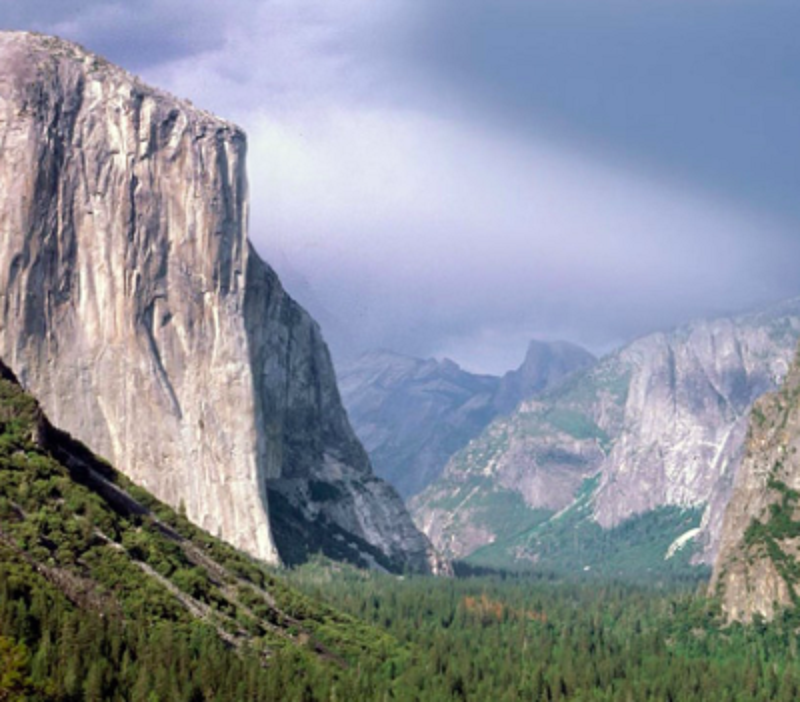
Yosemite National Park is one of the most visited parks in America. It is also part of Mariposa County, one of the richest counties in California and the site of the California Gold Rush. There is gold throughout the Sierra Nevada Mountains and there are many gold mines within the park boundaries.
The two main river systems near the park are the Tuolumne River and the Merced River. Both are famous gold-bearing rivers that once had thousands of miners along their banks. The surrounding mountains are famous for their thick gold-bearing quartz veins.
4. Olympic National Park (Washington)
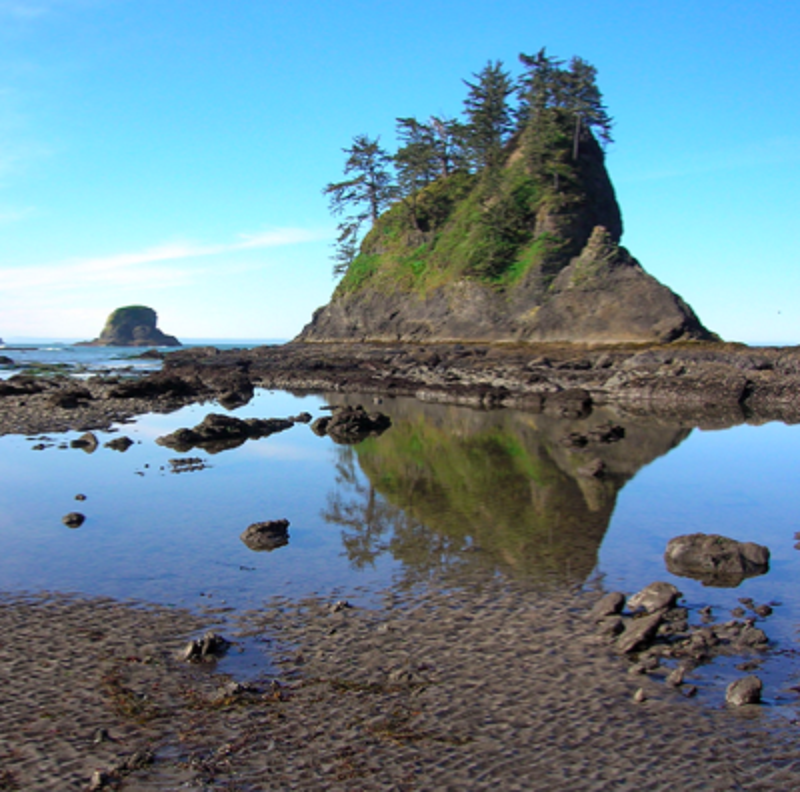
Many of the rivers and streams that flow through Olympic National Park once had gold prospectors on their banks. Some major rivers known to have gold reserves include:
- Elwha River
- Sol Duc River
- Dungeness River
- Ozette River
There was also a beach mining boom along Washington’s sandy coast similar to that in Nome, although not nearly as rich. Shi Shi Beach and the Ozette Estuary along the Pacific Ocean have gold in the sand at the beach.
To be cotinued
